UBS has raised its forecasts for the U.S. dollar, expecting the EUR/USD to reach 1.18 and the USD/JPY to hit 152 by the end of the year, with the greenback’s relative strength likely to persist through 2026. The bank’s outlook indicates that the dollar will remain supported by U.S. economic fundamentals, despite the potential for some temporary pullbacks.
The bank believes that any slowdown in U.S. labor market data could open the door for a limited correction in the dollar. However, it anticipates a recovery in 2025, supported by strong equity markets, U.S. leadership in artificial intelligence, and pro growth tax policies that enhance the global competitiveness of the U.S. economy.
UBS expects the Federal Reserve to maintain a cautious approach toward rate cuts, which would limit downward pressure on the currency. The report also notes that a decline in political risks within the Federal Open Market Committee (FOMC) provides an additional source of support for the dollar in the coming period, reinforcing its stability at elevated levels.
On the other hand, the Bank of Japan’s continued ultra loose monetary policy is expected to keep the USD/JPY pair on an upward path, possibly reaching 155. However, UBS warns that sustained prices at such levels could prompt verbal or actual intervention by Japanese authorities, especially if global risk appetite deteriorates.
A report from the European Banking Authority (EBA) revealed that European banks increased their reliance on U.S. dollar funding in 2024, with the share rising to 13.1% of total funding compared to 12.4% in the previous year. Exposure to dollar denominated assets also climbed to 23%, reflecting a notable expansion in the use of the U.S. currency within the European banking system.
The report indicates that this increase in dollar funding heightens European banks’ exposure to liquidity risks, particularly if access to dollar supply lines from U.S. markets tightens. Additionally, growing political and trade tensions between the United States and other major economies could make dollar funding more difficult to obtain during periods of financial stress.
The EBA emphasized that some European banks still have net stable funding ratios (NSFR) below the regulatory minimum in certain foreign currencies, including the dollar. Both the International Monetary Fund (IMF) and the European Central Bank (ECB) have urged the strengthening of hedging tools and foreign currency liquidity management to prevent sudden market disruptions that could negatively impact the European banking system.
Stay informed about global markets through our previous analyses. and Now, you can also benefit from LDN company services via the LDN Global Markets trading platform.







